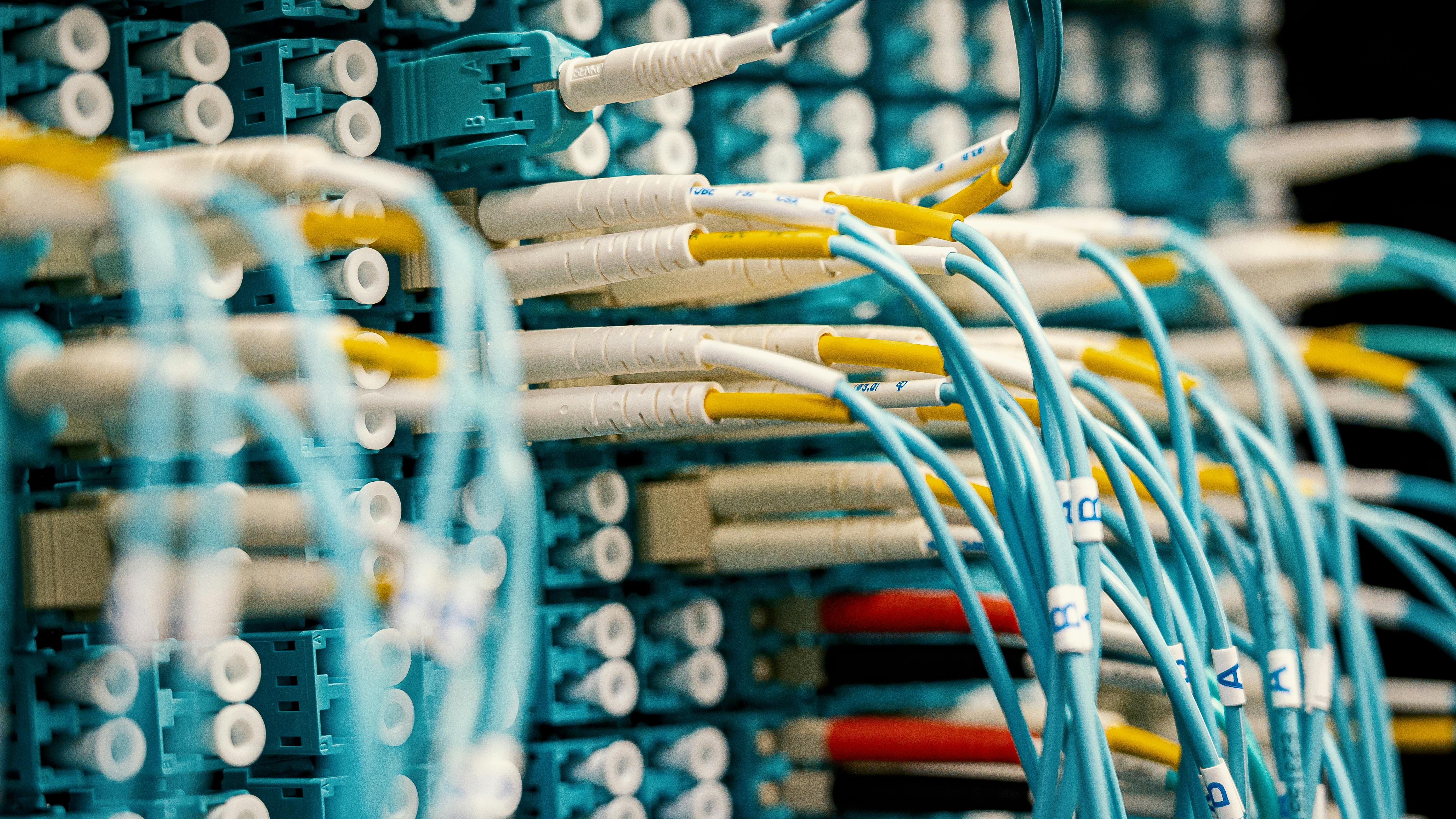
Understanding the Basics of Satellite Internet
Satellite internet has carved out a unique niche in the crowded realm of broadband services. Primarily known for its ability to connect users in remote locations where cable and fiber options are hard to find, satellite internet remains a pivotal technology, especially for rural households. Incoming satellite signals are captured through a dish that must be strategically positioned to ensure a clear view of the sky. This not only enhances signal strength but also improves internet speed and reliability.
How Does Satellite Internet Work?
At its core, satellite internet operates by relaying signals between satellites orbiting the Earth and ground-based dishes. Much like satellite television, it harnesses radio waves to transmit data. Once the signal is captured by the dish outside your home, it is directed to a modem inside, converting the gathered information into usable internet service.
The reliability of this setup, however, hinges on several factors. The position of the satellite dish plays a crucial role; it must maintain a clear line of sight without obstruction. Additionally, users must be aware of potential latency issues, as signals have to travel vast distances, especially with high-earth orbit satellites.
The Rise of Satellite Internet Providers
Even though satellite internet is not the fastest option available, it continues to dominate the market due to its widespread coverage. Notably, providers like Starlink have introduced an innovative constellation of thousands of satellites, enhancing service quality and reducing connectivity gaps. This has made it possible for people in the most isolated regions to enjoy a level of connectivity previously thought unattainable.
Social Implications and User Experience
The advent of satellite internet has significant social implications. For many in rural areas, it provides a lifeline to online education, telehealth services, and remote jobs. Access to reliable internet has transformed how communities function, allowing for new opportunities and connections that were once out of reach.
Looking Ahead: Future Trends in Satellite Internet
The future of satellite internet seems promising, especially with the ongoing advancements in technology. As more satellites are launched, competition among ISPs is likely to lead to improved speeds and reduced costs. Innovations such as low-latency satellites are paving the way for a more seamless online experience, challenging the traditional perceptions of what satellite internet can achieve.
Conclusion: Is Satellite Internet Right for You?
As you consider your internet options, it's wise to evaluate if satellite internet is the right fit for your needs. While it may not outperform fiber or cable connections in speed and service, its unique advantages—namely universal coverage—make it a vital alternative in today's connected world. If you find yourself in an area underserved by traditional ISPs, satellite internet could very well be your best option for reliable connectivity.
 Add Row
Add Row  Add
Add 




Write A Comment